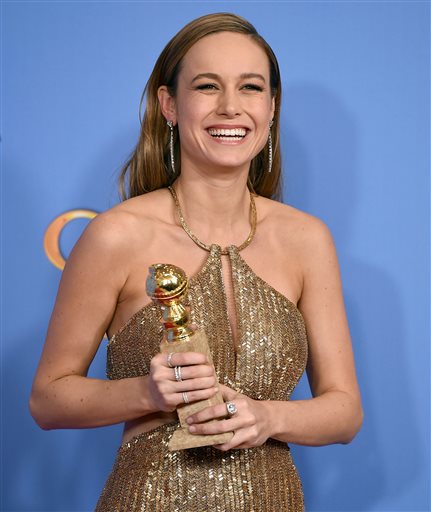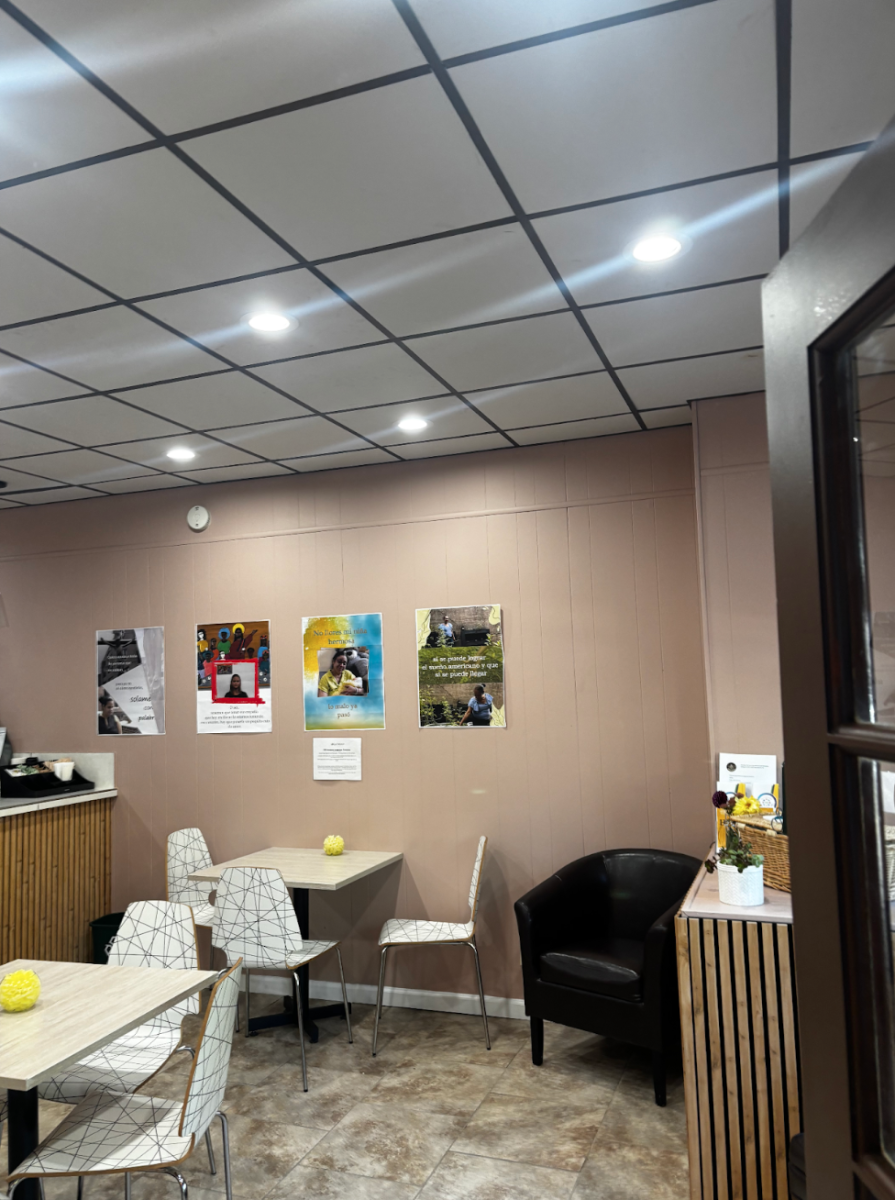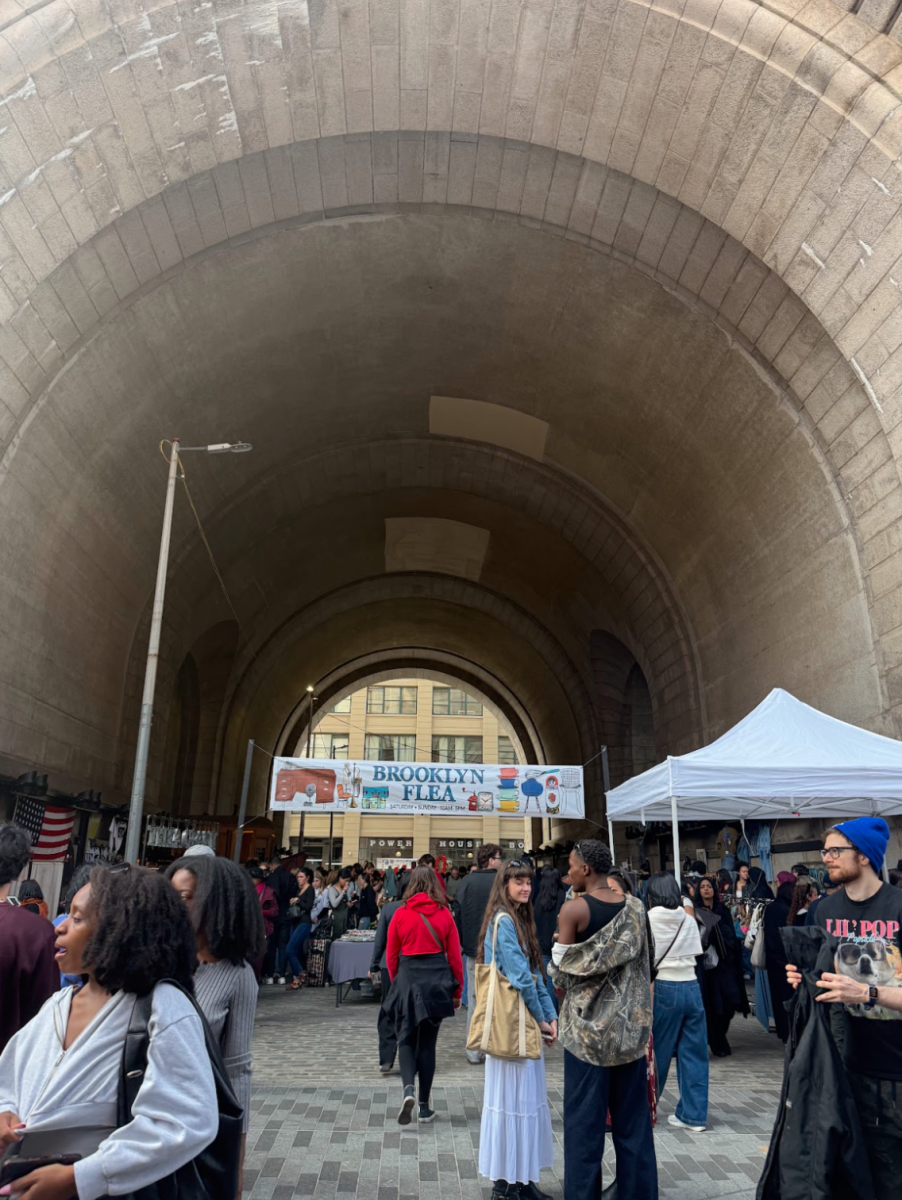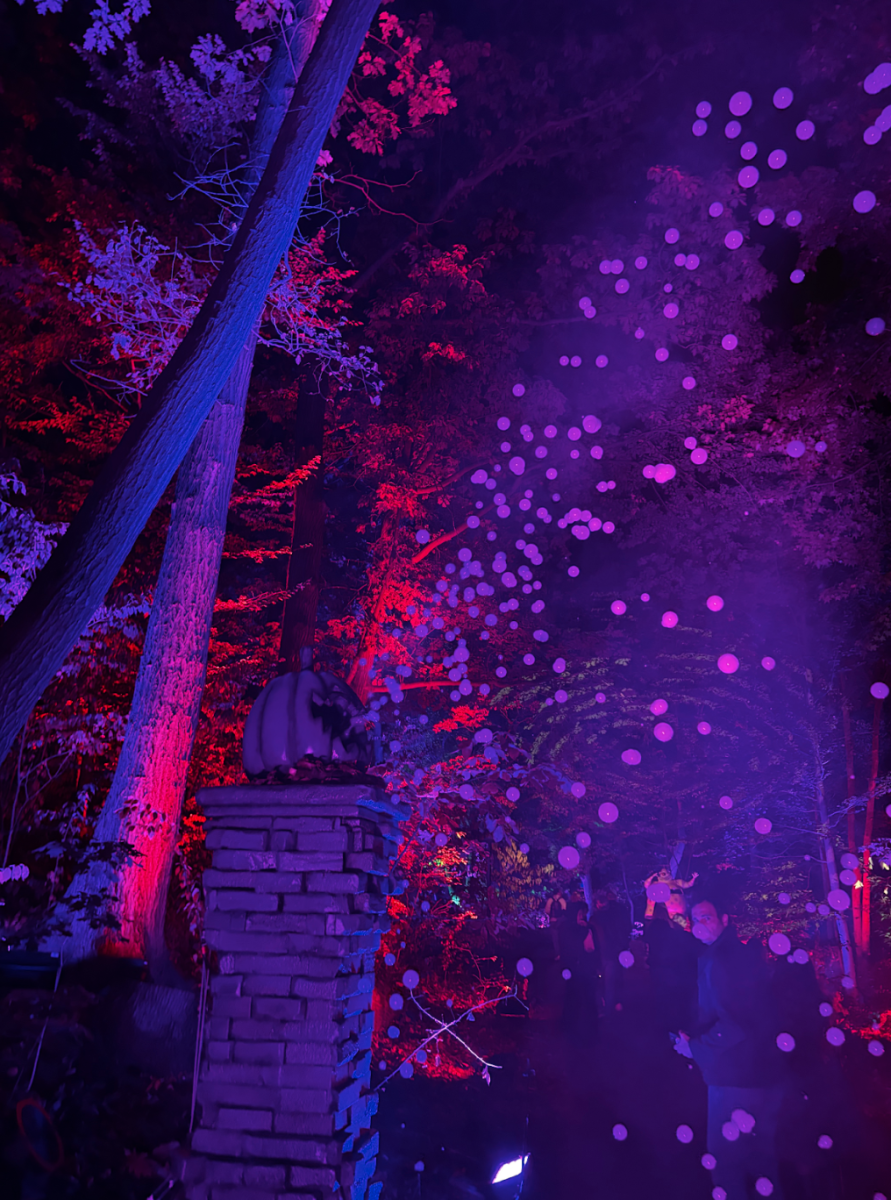
By Erin Cabrey
Brie Larson’s role in the critically acclaimed drama Room has catapulted her from relative obscurity to the cusp of bona fide stardom. Once a tween movie darling, the 26-year-old has proven herself to be one of Hollywood’s finest young talents, already winning a Golden Globe for “Best Actress in a Drama” and holding the spot of frontrunner for the “Best Actress” Oscar.
Small Room, Big Star: In preparation for Room, Larson avoided sunlight and achieved just 12 percent body fat for her role as Ma, a woman kidnapped by a sexual predator at the age of 17 and forced to live in a garden shed for seven years with her young son fathered by her ruthless captor. Though this physical transformation is quite impressive, it is the emotional and psychological dedication to the role that made her performance so honest and compelling, while also solidifying her as a rising force in film. Larson filled three journals at ages 10, 14 and 17, with youthful musings to help her get into the mind of Ma, who was largely robbed of much of her young adult life. To help understand Ma’s emotional and mental state, Larson spoke with victims of sexual abuse and trauma counselors, which was evident in the film’s second act as Ma comes to terms with the abuse she’s experienced while inside the shed. She also formed an incredibly tight bond with her on-screen son, played by the adorable Jacob Tremblay, who could be seen standing on a chair cheering for Larson after her Golden Globe win.
Since collecting a slew of awards from various film festivals and critics associations and subsequently gracing magazine covers from W to The Hollywood Reporter, Larson is poised to be Hollywood’s favorite actress. Though she has frequently received comparisons to Jennifer Lawrence (whose career trajectory is remarkably similar), Larson uniquely influences the changing tides of women in film, proving that even those outside JLaw territory can still score dynamic roles.
The Brie Breakdown: Larson is no stranger to Hollywood, having played supporting roles in a slew of teen films and comedy hits, though for many years she existed as an actress with a familiar face but an unknown name. She was junior drag racer Courtney Enders in the Disney Channel Original Movie Right On Track back in 2003, as well as an eighth-grade queen bee who drove her squad around to complete an epic scavenger hunt in 2004’s tween classic Sleepover. She was also a “Six Chick” in 13 Going on 30, one of Michael Cera’s ex-girlfriends in Scott Pilgrim vs. The World, Jonah Hill’s love interest in 21 Jump Street and most recently, Amy Schumer’s sister in Trainwreck.
It was her raw performance in the critically acclaimed 2013 indie Short Term 12, where she had her first leading role as Grace, a supervisor at a short-term foster care facility, that caught the attention of critics, producers and directors. The Wall Street Journal claimed Larson “create[d] a marvelously complex heroine” in her character of Grace, a woman who urged kids at the facility to share their feelings while largely suppressing her own. This sentiment of strong, multi-layered roles is something Larson has focused heavily on when reading scripts, especially after her Short Term 12 role led to an influx of offers for a variety of parts.
“A big producer offered me the part of the pretty girl that waits at home for the guy, and I couldn’t do it. That’s not a story I ever want to tell,” Larson told Vulture. She continues this approach off camera as well, refusing to let Prada choose which dress she wore to the Met Gala and hanging out with other strong Hollywood influences, like Shailene Woodley, Amy Schumer and Emma Stone.
Room for More: Raw, honest, and captivating roles such as Larson’s are becoming less of a rarity for women in film today. As Kate Winslet noted when she received her Golden Globe for Best Supporting Actress for her role in Steve Jobs, it has been an incredible year for women in film, as roles have been more commanding and eloquent than ever before. These are headlined by Saoirse Ronan as an Irish immigrant choosing between her past and her future in Brooklyn, Jennifer Lawrence building a Miracle Mop empire in Joy, Amy Schumer clumsily navigating falling in love in Trainwreck, and Daisy Ridley taking control of the Millennium Falcon in Star Wars: The Force Awakens.
This year’s expanse of female film roles clearly proves how useless it is to sideline women to parts as love interests or work subordinates. Actresses are at their best when they portray independent women with strength and integrity, a concept that is far from new but is just now beginning to be fully acknowledged in film. Brie Larson is at the helm of a movement urging women to choose roles that truly resonate, thus encouraging writers and producers to create characters which reflect of the caliber of women as not just actresses, but people as a whole. With Larson leading the talented group of actresses seeking strong roles that portray women in a genuine light, she serves as a beacon of hope that a female revolution, which could perhaps even transcend the entertainment industry, is in fact upon us.










































































































































































































